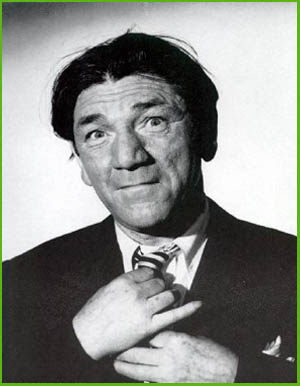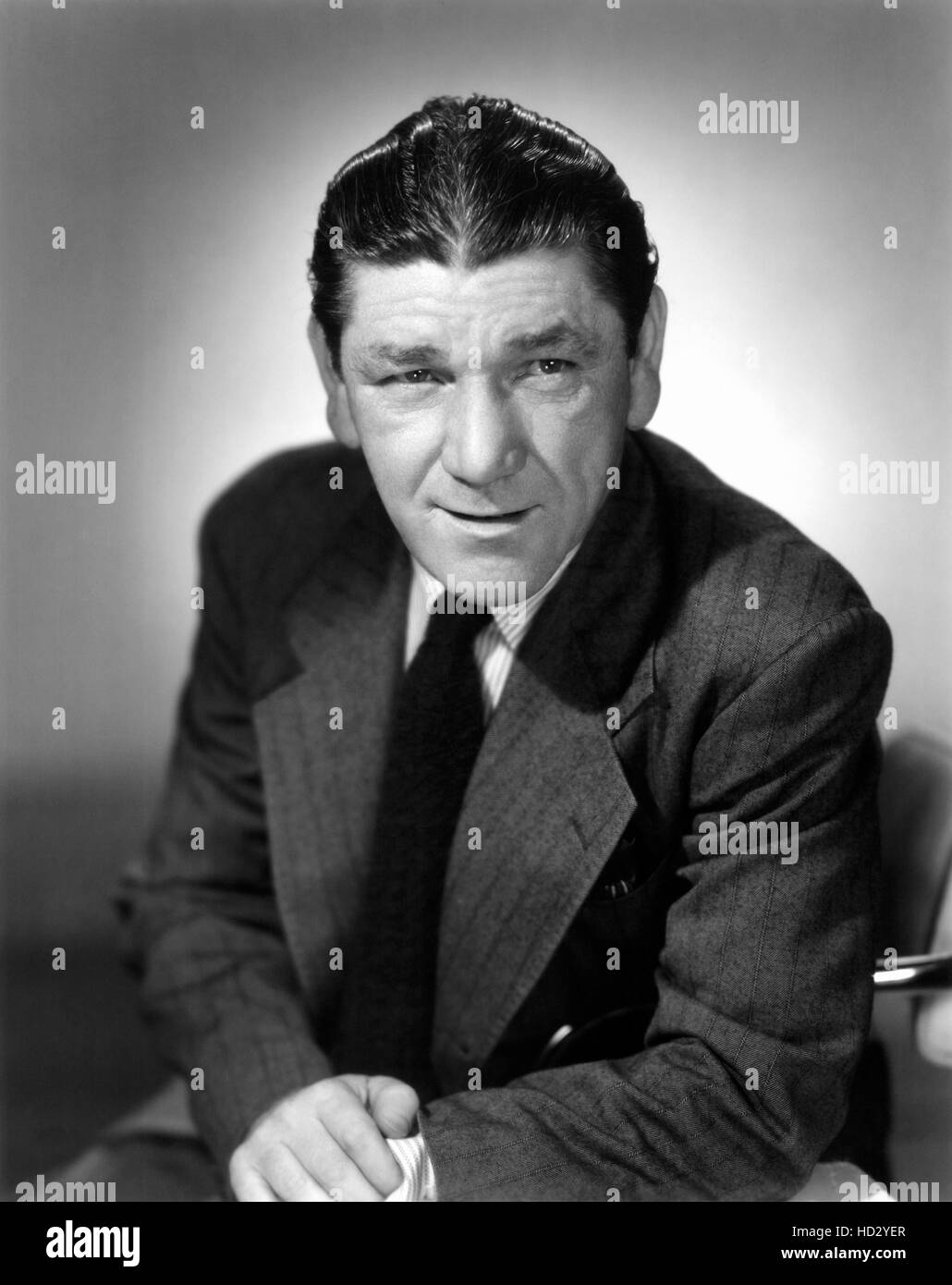Who was Shemp Howard, and why does his legacy continue to intrigue fans of classic comedy? A bold statement can be made here: Shemp Howard wasn't just a comedian; he was an integral part of the evolution of slapstick humor in America. His work with The Three Stooges cemented his place in entertainment history, even if his contributions were sometimes overshadowed by his more famous siblings.
Born Samuel Horwitz on March 11, 1895, in Manhattan, New York City, Shemp grew up in Brooklyn as one of five sons to Jewish immigrant parents, Jennie and Solomon Horwitz. Known affectionately as Shemp due to his mother's thick Litvak accent, he shared a household with brothers Moe, Jerome (Curly), Irving, and Benjamin. From a young age, Shemp displayed a knack for comedy, often entertaining family gatherings with his antics. This early exposure to humor laid the groundwork for what would become a storied career in show business.
| Personal Information | Details |
|---|---|
| Full Name | Samuel Horwitz |
| Nickname | Shemp |
| Date of Birth | March 11, 1895 |
| Place of Birth | Manhattan, New York City, U.S.A. |
| Family | Son of Jennie and Solomon Horwitz; brother of Moe, Curly, Irving, and Benjamin |
| Career Highlights | Member of The Three Stooges, solo career in the 1930s, returned to the group in 1946 |
| Famous Works | The Invisible Woman, The Bank Dick, Scrambled Brains |
| Date of Death | November 22, 1955 |
| Reference | Wikipedia |
Shemp's journey into the world of comedy began when he joined Ted Healy and the Stooges, an act that initially featured his younger brother Moe alongside Larry Fine. The trio served as comedic foils to Healy, whose larger-than-life personality dominated the stage. During this period, Shemp honed his skills as a physical comedian, using exaggerated expressions and quick-witted retorts to captivate audiences. However, tensions arose between Healy and the Stooges, leading to Shemp's departure from the group in 1932. For the next decade, he pursued a successful solo career, appearing in numerous films and television programs.
In 1946, tragedy struck when Curly Howard suffered a debilitating stroke, forcing him to leave the act. It was then that Shemp stepped back into the spotlight, rejoining The Three Stooges at the request of his brother Moe. His return brought a fresh energy to the team, blending familiar routines with new ideas that resonated with audiences. Over the following years, Shemp appeared in over 70 short films with the Stooges, earning widespread acclaim for his comedic timing and versatility. Despite the challenges of working under tight deadlines and limited budgets, Shemp consistently delivered performances that delighted fans of all ages.
Apart from his work with The Three Stooges, Shemp also collaborated with other notable comedians of the era, including Abbott and Costello. These partnerships allowed him to showcase his talents in different contexts, further solidifying his reputation as a versatile performer. One of his most memorable roles came in the film The Bank Dick, where he played a bumbling bank guard whose antics lead to unexpected consequences. Such performances demonstrated Shemp's ability to adapt to various genres while maintaining his signature style of humor.
Behind the scenes, Shemp was known for his warm personality and dedication to his craft. Colleagues often praised his professionalism and willingness to mentor younger actors. In interviews, he spoke fondly of his experiences with The Three Stooges, emphasizing the importance of teamwork and camaraderie in achieving success. While some critics dismissed slapstick comedy as simplistic, Shemp understood its value as a form of escapism during difficult times. His belief in the power of laughter to bring people together inspired countless others in the industry.
Tragically, Shemp's life was cut short on November 22, 1955, when he suffered a heart attack at the age of 60. His passing left a void in the world of comedy, but it also prompted renewed appreciation for his contributions to the art form. In subsequent years, biographies and documentaries have shed light on aspects of Shemp's life that were previously unknown or misunderstood. For instance, author Burt Kearns' book on Shemp debunked several myths surrounding his career, revealing the depth of his achievements and influence.
Today, Shemp Howard remains an enduring figure in the annals of comedy history. His impact extends beyond mere entertainment; he helped shape the genre itself through innovation and perseverance. As fans continue to discover his work, they find themselves drawn not only to his humor but also to the humanity behind it. Whether starring alongside his brothers or venturing out on his own, Shemp consistently proved himself to be more than just a sidekick—he was a trailblazer who left an indelible mark on American culture.
From his humble beginnings in Brooklyn to becoming a beloved icon of classic comedy, Shemp Howard's story is one of resilience and passion. Through both triumphs and setbacks, he remained committed to his craft, leaving behind a legacy that continues to inspire generations of comedians and audiences alike. In remembering Shemp, we honor not only his talent but also the joy he brought into our lives—a testament to the universal language of laughter.



